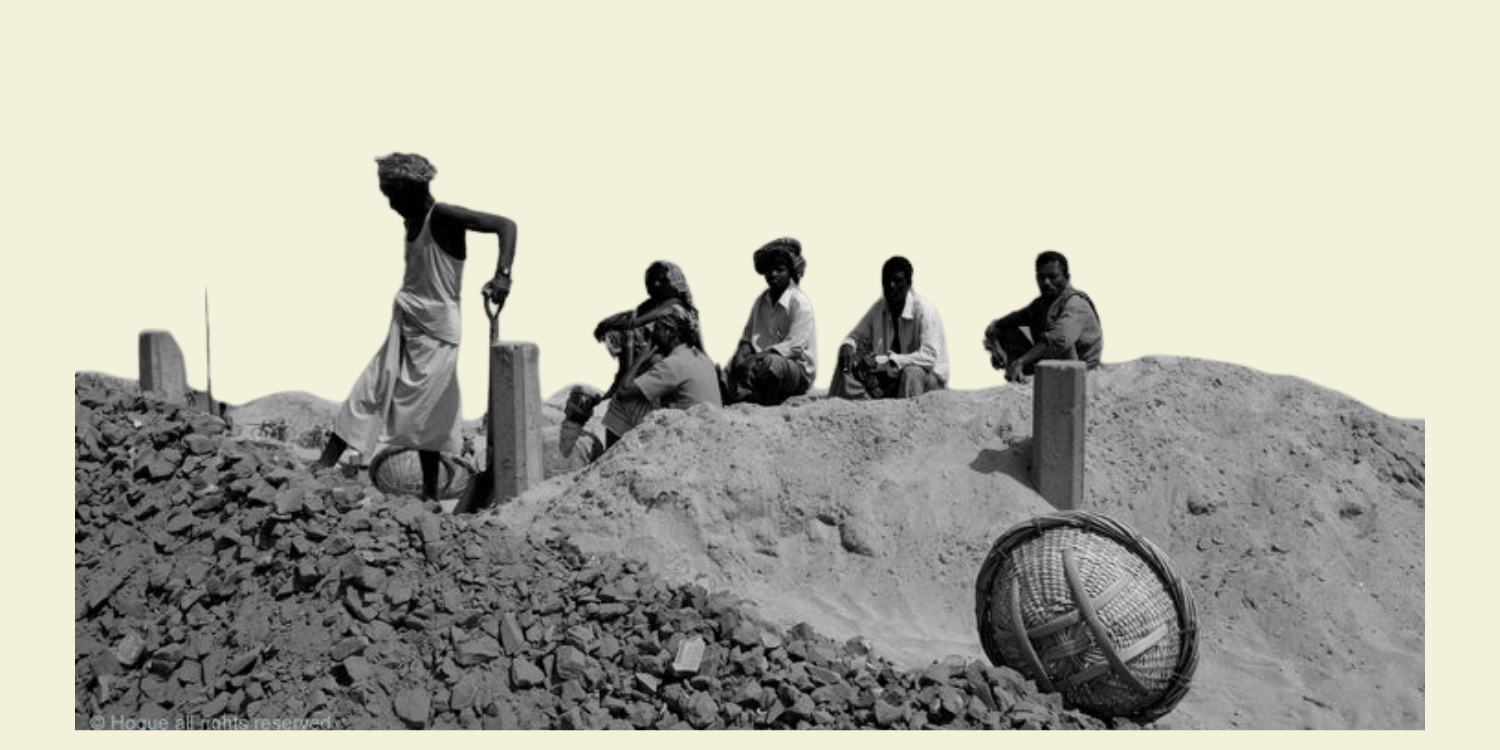ABSTRACT
This paper covers the evolution of the Indian Judicial Selection System from colonial times to the present-day collegium system. It examines the relevant discussions and case laws that have influenced this evolution. It analyses the 99th Amendment of the Constitution, which proposed a commission for judicial appointments but was ultimately struck down by the Supreme Court. The current collegium system is also discussed, including its issues and drawbacks. Furthermore, the paper analyses appointment systems in common law nations to identify a mechanism that strikes a delicate balance between the independence of the judiciary and the efficacy of the appointment process.
INTRODUCTION
The appointment of judges in India has undergone significant changes since the drafting of the Indian Constitution. Initially, the President held the power of appointment, with consultation from the Chief Justice of India. However, a series of judicial opinions in 1981 declared that the Executive branch had the power to appoint judges, with recommendations from the Chief Justice (Chandrachud, 2020). However, these recommendations were not legally binding. This changed in the 1990s when the Supreme Court ruled that the recommendations of the judicial collegium were binding upon the Executive, resulting in the current appointment process.
However, the process of selecting judges for the Supreme Court of India has been ambiguous, with the appointment criteria remaining largely unknown (Chandrachud, 2020). The Indian Constitution outlines 3 categories of eligible individuals for the position– high court judges of five years standing, high court lawyers of 10 years standing, and distinguished jurists. However, it provides little guidance on the required qualities and qualifications for the role (The Constitution of India, 1950a). Therefore, informal norms have evolved over the past seven decades, alongside constitutional rules, to determine the eligibility for Supreme Court judges (Chandrachud, 2020). These informal eligibility criteria include an age threshold of 55 years, prior experience as a high court senior judge or chief justice, and geographic and demographic diversity, including religion, caste, and gender (ibid.).
At the inaugural session of the Supreme Court of India on 28 January 1950, then Chief Justice Harilal J. Kania pronounced that political considerations should not factor into judicial appointments. Despite this, the process has been subject to scrutiny and debate in recent years as the executive and judiciary vie for control over the composition of the Court (Sunday News Special Correspondent, 1950).
The ambiguity around the selection process and the incomplete information on candidates make consensus-building within the collegium and judicial appointments dubious (Ruma Pal, 2011, as cited in Chandrachud, 2020).





